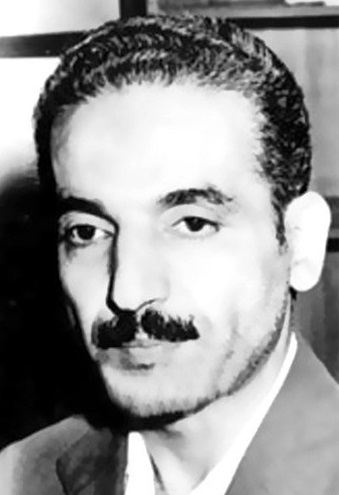
"....Khamenei has managed to attain his powerful position by taking control of key government agencies and building a robust bureaucracy under his direction. Understanding Khamenei's role in Iran's complicated governmental system and how he wields his understated power will be key for the United States as it undertakes a new strategy for dealing with Tehran....From the outset, he created a colossal bureaucracy through which to maintain power.One important part of this effort was to take control of existing agencies. He overcame his lowly standing among veteran Islamic Republic officials and within the clerical establishment by making use of his connections in the Ministry of Intelligence and in the Islamic Revolutionary Guard Corps (IRGC). During the eight-year Iran-Iraq war, then president Khamenei developed ties with these institutions, which were expanding their authority beyond the security sphere, becoming involved in economic activities as well. The end of the war and the return of commanders to their cities allowed Khamenei to create a power base outside of conventional political institutions.
..... Among the figures who emerged from Khamenei's circle were Ali Larijani, the speaker of the Majlis, Said Jalili, the secretary of the Supreme Council for National Security, Mahmoud Ahmadinezhad, the president, Ezzatollah Zarghami, the head of state radio and television, and Mohammad Forouzandeh, the head of the Oppressed Foundation. These appointments essentially converted organizations like the IRGC into economic-political-military-intelligence conglomerations responsible only to the leader. .....As leader, he also controls the country's most lucrative institutions, such as the Imam Reza Shrine and the Oppressed Foundation. He has used the funds they generate to advance a political agenda both inside Iran and abroad, building dozens of centers, foundations, and Islamic banks with political, cultural, social, and economic missions.....
Khamenei also reached into the intelligence services for other significant appointments in the house of the leader. ... Khamenei turned the house of the leader into a focal point of power. It is not only the de facto headquarters of Iran's armed forces, but also the actual headquarters of the intelligence ministry, the coordinator of the three branches of government, and the manager of economic matters, especially of the supreme leader's organizations. It also oversees the Leader's Army (Sepah Vali-e Amr), a special military unit of 21,000 soldiers under the supervision of the IRGC, responsible for the security of the leader's house......
To direct Iranian foreign policy, Khamenei created new committees and entities under his control, with the Foreign Ministry relegated to mostly administrative issues. ..... Khamenei also has other trusted advisors, such as Ali Akbar Velayati, who served sixteen years as the minister of foreign affairs. ......Khamenei readily admits that he has the final say on foreign policy issues. As his advisor Ali Akbar Velayati wrote last year, "a European asked me recently 'Who rules Iran?' The response is clear. If something is related to strategic and fundamental issues, according to the constitution, which was approved by a referendum, the leader has the final say."
The United States must keep in mind the authority of the leader as it begins a new approach to dealing with the Iranian regime. While President Mahmoud Ahmadinezhad is the public face of Iran, the real power lays with Khamenei, a skilled behind-the-scenes operator. Finding a way to directly engage Khamenei, while not letting him hide behind the more visible president, will be a critical challenge for Washington in the months ahead.
No comments:
Post a Comment